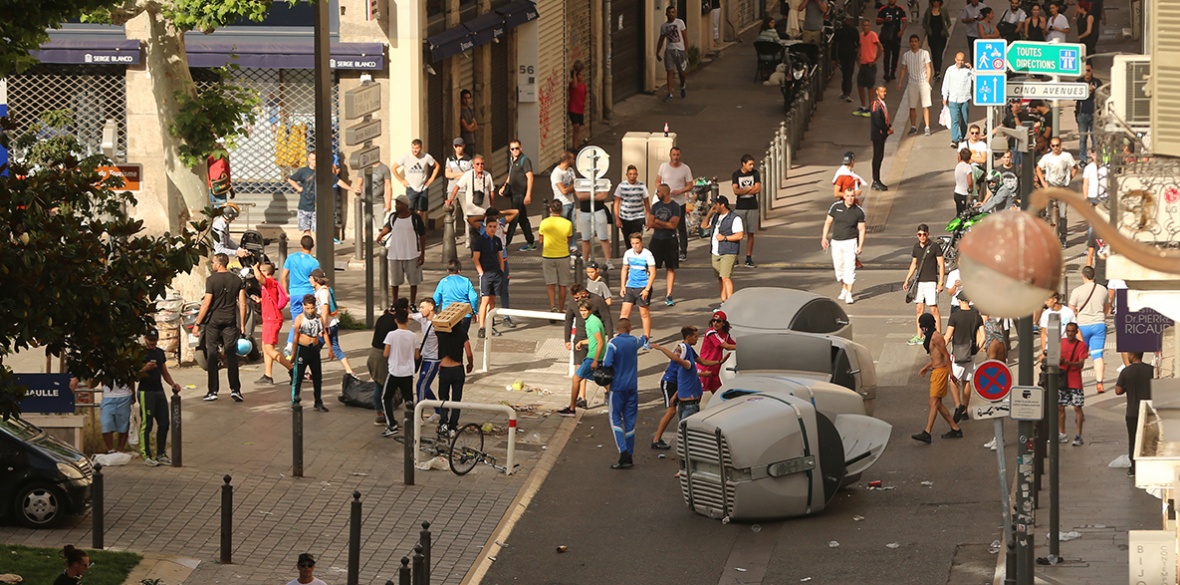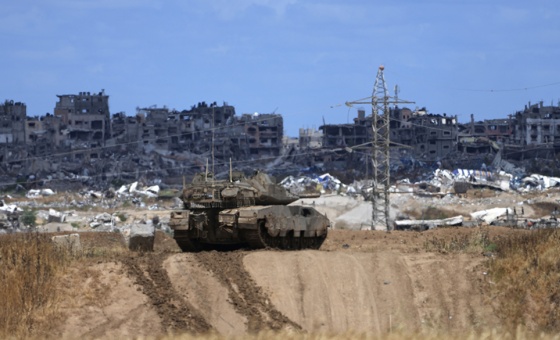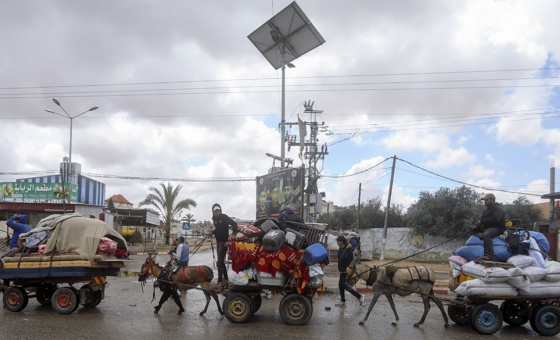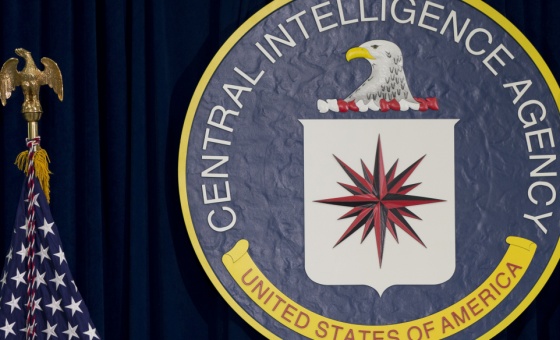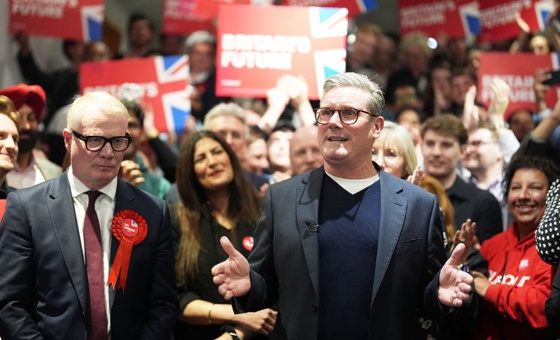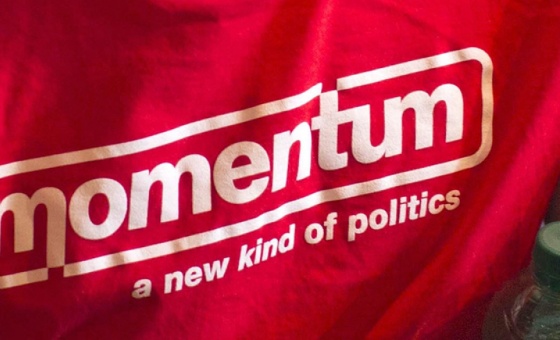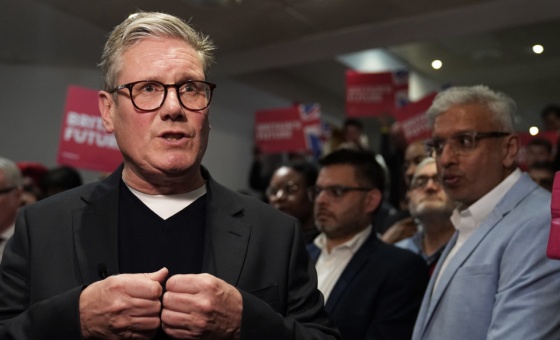This is the last article you can read this month
You can read more article this month
You can read more articles this month
Sorry your limit is up for this month
Reset on:
Please help support the Morning Star by subscribing here
FOOTBALL has been played by the state for more than half a century. With the sport firmly cemented into the cultural lives of billions around the world, its power to influence doesn’t go unnoticed by authoritarians.
Sports have become a tool to be used by governments to forge the more conservative aspects of the game: discipline, competitiveness, unbending devotion, an us versus them mentality. Parts of the human psyche that are embedded in football and have been exploited by a range of ideologies.
Italy
Benito Mussolini was reportedly not a big fan of football but knew the power of its propaganda value. As the sport of the masses, promoting football meant gaining popular support for the fascist-draped rebirth of Italy reminiscent of the glorious Roman empire.
In 1934 Italy hosted the World Cup, micro-managed by Mussolini himself, even choosing the referees for the Italian matches. As part of the nostalgia of empire, the fascist government built a host of stadiums to symbolise the cultural rebirth of a united nation, including the Stadio Olimpico, home to Lazio, a football club still known for its right-wing and fascist ultras.
Sporting success for the national football team of Italy (two World Cups in 1934 and 1938, and Olympic gold in 1936) went some way to projecting a powerful and united nation, a political message that Mussolini was able to deliver.
Argentina
Football and politics in Argentina have been married for decades. Boundaries between the administration of a club and the world of politics are often blurred. Beginning in the mid-1940s, the governments of Juan Peron (the defining politician of the last century in Argentina) invested heavily in promoting sports to the masses, deepening the symbology of the populist character and policies of Peron with the democratising effects of sports.
It was a new area of society that offered a clear route to a better life. Young footballers from villas (slums) could rise from the poverty-stricken streets and become stars that fill stadiums. State involvement expanded, funding sports associations and grassroots projects. With football having such a broad social base, its role as the leading cultural product could be used for great political effect in a divided society. In 1954, when the Argentina boxer Pascual Perez won the world title, he grabbed the mic and stated “I won for Peron and for my country.”
China
The reawakening of China as an economic superpower has not led to the elevation of its culture to the same levels as the successful American culture industry. Yet it’s through culture that soft power can be exercised to filter through the values of a nation and improve its global image.
In 2016, the National Development and Reform Commission, under the state council, launched an ambitious three-decade football development plan that sets out the long-term strategy for cultivating the game’s popularity by strengthening its domestic league and national football infrastructure. It includes building 60,000 pitches, establishing academies and seeking foreign capital with the ultimate ambition of winning the World Cup and forging a reputation as a world football powerhouse.
It’s not all about the glory of lifting football’s most prestigious cup. China’s enormous development in football infrastructure also aims to link the game with soft power. The world’s No 1 sport speaks in a universal language to billions around the world; football is a product that is packaged without overt political messaging. Promoting an image of China without links to the Chinese Communist Party is their best route to bettering its image in the West.
Outside of the state, football has been used as a vehicle for thugs and organised crime.
Hooligans and the barras bravas
Off the pitch, we see how right-wing groups co-opt football for their own means. Hooligan firms in Britain emerged out of the turbulent ’70s, when living standards began to fall for the first time since the end of World War II, and sharply grew in number and violence during the ’80s, punctuated by rising poverty and inequality steered through by Thatcherite governments.
Drink-fuelled fights among firms, mayhem both inside and outside stadiums, racial abuse of black players. Stands, stadiums and local areas became spaces in which firms operated. Widely called the English disease, the hooliganism of this era could be seen as a symptom of the wider cultural decay of dying single-industry communities that were destroyed then neglected, left to bleed out once strong and collective senses of local culture and community.
As the French philosopher Jean Baudrillard pointed out, hooliganism tends not to be about football at all, but rather the broader political, economic and cultural issues that surround the stadium.
And then gradually, a number of factors collided that would loosen the grip of control that hooligan firms had on the game’s culture. Factors that would largely cure the English disease, but would infect it with another. The remedy taken included stronger laws (like barring fans and banning racist chanting) and enforcement (more policing and CCTVs and better stewarding), as well as the increasing gentrification of the stands due to wide-open commercialisation and associated rising costs of season and matchday tickets.
Since 1990, cumulative inflation has reached 102 per cent while matchday tickets have soared 1,000 per cent. The cheapest ticket to watch Manchester United in 1990 cost £3.50. Tagging on the accumulated inflation, that same ticket should cost £8.79 today. Last season (2019-20, when fans were last allowed inside Old Trafford) the cheapest ticket available was £36. All these factors have led to the pacification of British hooliganism, at the expense of pricing out the historical core cultural base of the game, the working class.
Yet elsewhere, the power of hooligan groups have only become more entrenched.
The barras bravas (literally fierce gangs) of Argentina are deeply embedded with organised crime, politicians and the police, operating in a culture of corruption that has long and deep roots. They sell drugs and matchday tickets, extort money, control car parks and are hired by politicians as agitators and goons during mass rallies that frequently pack the main streets of Buenos Aires. Occasionally the groups get caught, and the media flashes thick stacks of illicit money, guns and matchday tickets across the TV screen.
Because of the violence among barras bravas in Argentina (considered to be the country with the most violent hooligans) league games have only been able to be attended by home supporters since 2013, to limit the interaction between both sets of supporters.
The barras bravas emerged and grew within a social and cultural sphere punctuated by violence: military dictatorships; the Dirty War; huge economic crises in 2001 and the current crisis; chronic instability and inflation.
This broader climate of Argentina has helped cultivate barras bravas and has strengthened their hegemony over football’s cultural space. It’s synonymous with the game, a common connection people make — even the setting for one of the most popular current TV series in the country, Puerta 7 (Door 7), a drama based on a fictional club and the organised crime that engulfs it.
Yet fans on the opposite side of the stadium find in football a way to tackle the injustices they see, and build strong communities of resistance.
The next article in this three-part series looks at how football has been a driving force to resist authoritarianism and build radical communities.

